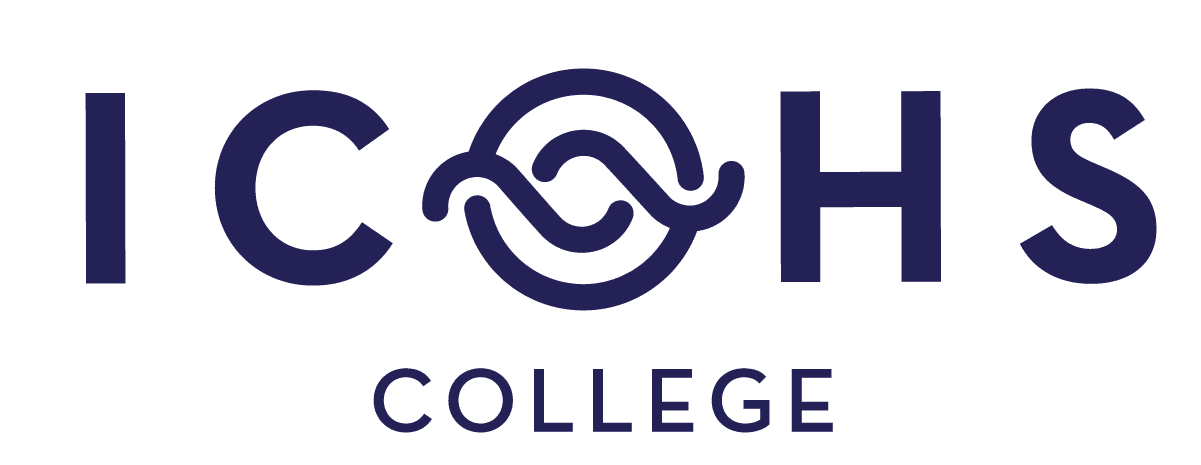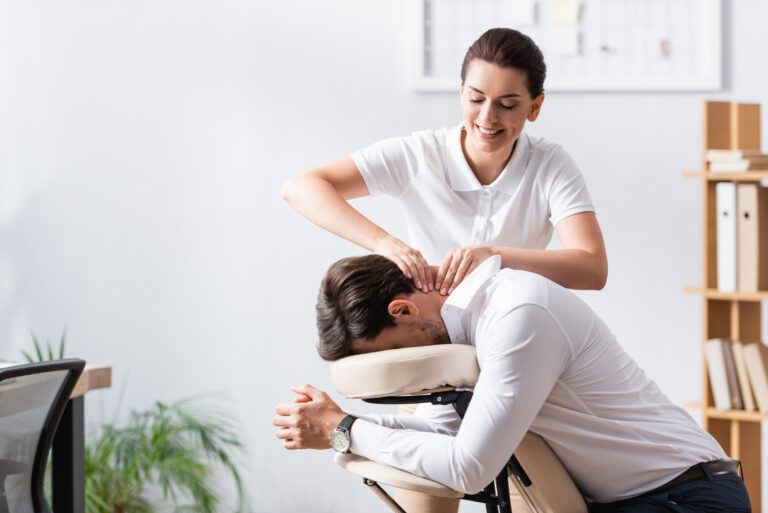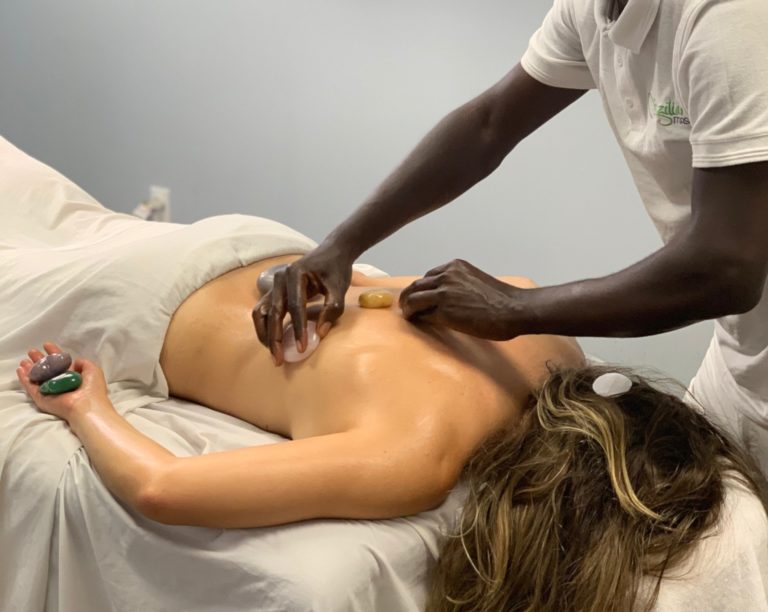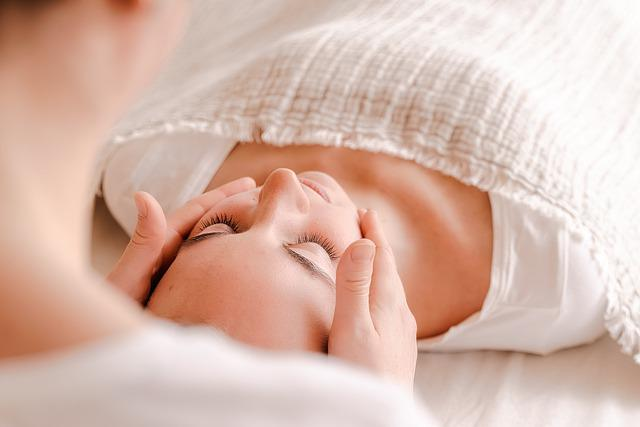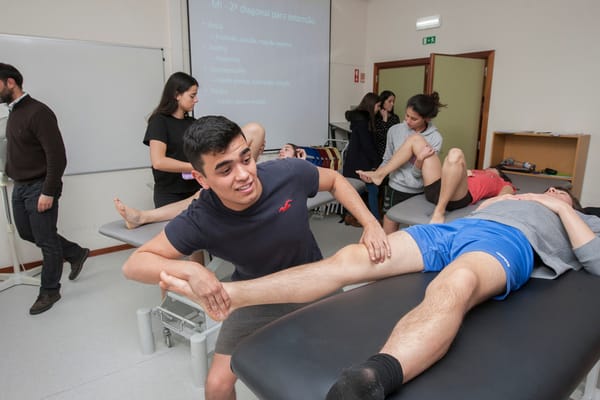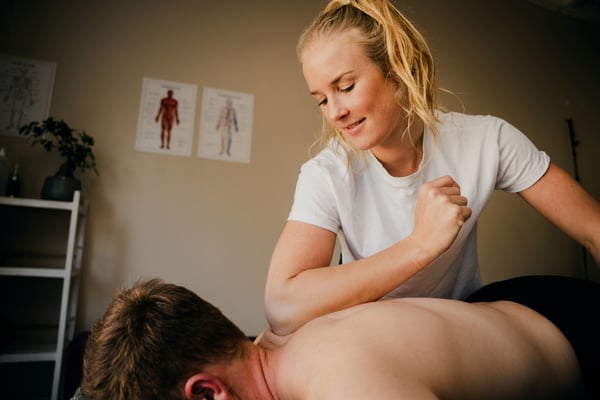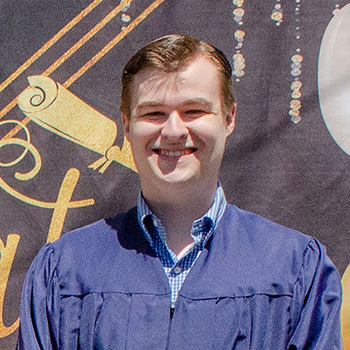Craniosacral therapy is a revolutionary therapy that can help
In the past fifty to sixty years, the professional massage industry has expanded tremendously, widening its reach with the development of unique new therapies and other forms of alternative treatment.
One such innovative therapy is known as Craniosacral therapy, and it was developed in the 1970s by an osteopath by the name of John E. Upledger. After many years of research and clinical testing at Michigan State University, the therapy was more or less solidified and pioneered.
While the effectiveness of Craniosacral therapy has been largely debated over the past couple of decades, there are many who have benefited tremendously through its practice, and for this reason, it is still conducted by a multitude of certified professional massage therapists.
In this article, we will focus on explaining what Craniosacral therapy is all about, in addition to its considered benefits. This hopefully can serve as a resource for those interested in potentially getting certified as Craniosacral therapists, or for someone who would like to either integrate the practice into their life or into their career.
While we don’t specifically offer courses to get certified as a practitioner of Craniosacral therapy at ICOHS College, we do have a Professional Massage Therapist program, designed to provide students with hands-on training and the advanced skills needed to pursue a career in this highly rewarding and giving field.
What Is Craniosacral Therapy?
Typically utilized by chiropractors, osteopaths, and certified massage practitioners, Craniosacral therapy is an alternative massage practice and a form of cranial osteopathy that involves the use of gentle touch. These gentle movements manipulate various parts of the skull or cranium, spine, and pelvis, primarily adjusting the joints.
These light manipulations are said by some practitioners to help manage a variety of diseases and medical conditions. However, as with many alternative practices, Craniosacral therapy is susceptible to much criticism and skepticism, hence why there are plenty of people who do not believe in its benefits.
For those who do support Craniosacral therapy’s uses, it is an ideal form of management for the process is non-invasive and treats the body very delicately, making it suitable for even those with extreme pain or discomfort.
The Upledger Institute describes the touch of Craniosacral therapy as “a soft touch which is generally no greater than 5 grams – about the weight of a nickel”.
Considered more of a preventative health measure that helps increase the body’s ability to manage and deal with disease and various ailments, these mild manipulations function in the sense that they improve the circulation of the cerebrospinal fluid, along with freeing restrictions throughout the central nervous system, predominantly throughout the soft tissues that surround it.
Since the craniosacral system heavily influences the central nervous system, both of these connect closely and influence one another. The gentle manipulations of these regions encourage equilibrium around the spinal cord and brain, which in turn helps the body to naturally correct itself and prevent the furthering of a variety of dysfunctions and ailments.
Osteopaths often will prescribe treatments of CST (Craniosacral therapy) alongside other forms of therapies, but sometimes Craniosacral therapy is also used in a stand-alone way depending on the individual needs of the patient.
Craniosacral Therapy: The Benefits
Practitioners of CST have utilized the therapy for a number of ailments and conditions. While few studies have been conducted to prove Craniosacral therapy’s efficacy for illness, the Upledger Institute does list a number of conditions that CST has addressed including:
● Chronic fatigue
● Spinal cord and brain injuries
● TMJ syndrome
● Fibromyalgia
● ADD/ADHD
● PTSD
● Headaches and migraines
● Traumatic brain injury and concussion
● Chronic pain, especially throughout the back and neck regions
● Scoliosis
● CNS disorders
● Orthopedic conditions
While this list is fairly comprehensive, if you are considering receiving CST, be sure to speak with a qualified, trained Craniosacral therapy professional who can devise a course of action for the specific needs of your circumstances.
Understanding Craniosacral Therapy: Final Thoughts
Now that the practice of Craniosacral therapy has been presented, you can hopefully decide better if this is the right therapy or even career choice for you. As with all things in life, Craniosacral therapy is not a one shoe fits all solution.
For some, Craniosacral therapy is immensely helpful, healing, and restorative. Yet, there is not an extensive amount of comprehensive research available to strongly scientifically back up claims made of its effectiveness.
In all reality, CST is not a practice that is of benefit to everyone, so it is important to decide for yourself how you feel about it and commit to further in-depth research on the topic. The advantage here is that there is very low risk involved in receiving Craniosacral therapy, so the positive effects could far outweigh the negatives or any potential hazards.
If you are located in the San Diego area and are interested in studying to become a Professional Massage Therapist, at ICOHS College we offer this exact program designed for prospective students to learn the advanced skills and gain the practical training needed to pursue this career path.
Our Professional Massage Therapist program goes far beyond the standards set by the California Massage Therapy Council. While we don’t offer training on Craniosacral therapy specifically, we do have a number of other educational and exciting classes available, including:
● Energy Channels & Acupoints – Tui Na
● Shiatsu – Zen Touch
● Kinesiology
● Client Assessment
● Physiology/Pathology
● Business Practices
● Special Populations
● Communications, Ethics and Career Prep
● MBLEx Preparation
● Practicum – Clinic & Community Outreach
● Fundamentals of Holistic Health
● Anatomy and Massage
● Strategies for Success
● Touch Anatomy
● Circulatory Massage
● Deep Tissue Massage
● Passive Joint Mobilization
● Anatomy with Manikins
● Eastern Perspectives
● Chi Integrated Exercises
These courses prepare students to pursue careers as entrepreneurs and massage business owners, along with careers in settings such as doctor’s offices, chiropractor’s offices, nursing homes, hospitals, holistic health clinics, cruise ships, spas and resorts, massage therapy clinics, and health clubs/fitness centers.
Our dedicated educators are passionate about seeing their students succeed and fully pursue their professional goals.
Does this sound like the right next step for you in your education path? Reach out to us today and request more information about our Professional Massage Therapist program.
